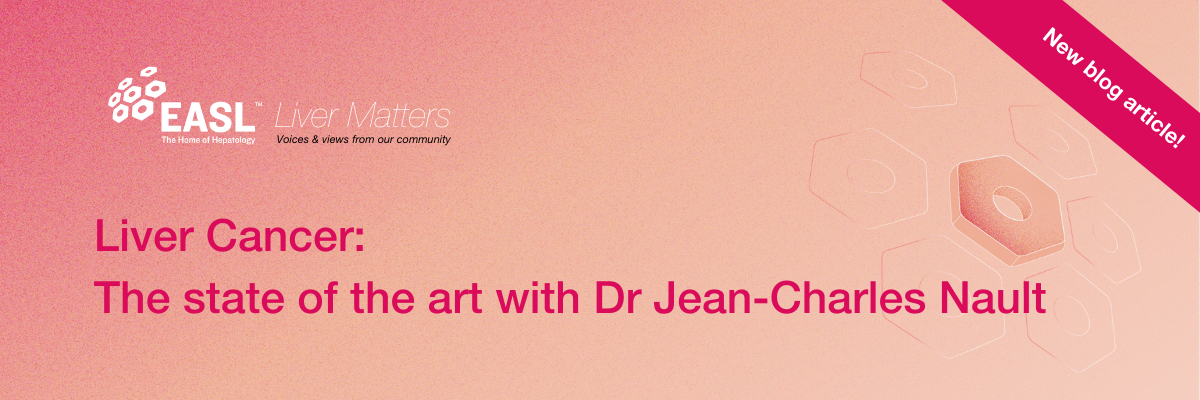
Liver cancer is the sixth most common cancer and the fourth leading cause of cancer-related deaths worldwide. In Europe, more than 98,000 persons are diagnosed with liver cancer every year, while around 89,000 die from it. Late diagnosis is a serious problem, as up to half of the patients are diagnosed in an advanced stage of cancer. Therefore, prevention and early detection are crucial to beat liver cancer.
With its state-of-the-art educational lectures and lively debates among top hepatologists, the Liver Cancer Summit is one of EASL’s key contributions in this fight.
On the occasion of EASL’s first event of the year, we’re looking back at the 2022 iteration of the summit, accompanied by an interview of Jean-Charles Nault, member of the Scientific Committee of the EASL Governing Board and member of the LCS 2021 Organising Committee. He will share his highlights of the LCS 2022, and his thoughts about the fight against liver cancer and its remaining challenges.
Snapshot of the Liver Cancer Summit 2022
- 464 delegates
-
12 sessions
-
1 dedicated EASL Studio episode
-
859 tweets
-
709 retweets
-
4.4m impressions
Interview with Dr Jean-Charles Nault
Could you please summarise in simple language the prevalence of liver cancer and the clinical unmet needs in this area?
Primary liver cancer is the sixth most common cancer and the fourth leading cause of cancer-related deaths worldwide. Hepatocellular carcinoma (HCC) accounts for about 90% of primary liver cancer and the remaining cases are mainly cholangiocarcinoma (CCA). Most HCC cases occur in chronic liver disease cirrhosis and are related to risk factors such as chronic hepatitis B or C viral infections, chronic alcohol intake, or metabolic syndrome. Tumour screening in the cirrhotic patient population and treatment of these underlying conditions are unmet clinical needs in this patient population.
Although several advances have been made in the field of curative treatment, the high rate of recurrence means that new strategies to prevent tumour relapse are needed. Major advances have also been made with the development of target and immunotherapies. However, new therapeutic avenues are required as most of patients with advanced HCC still progress under systemic treatments.
The story is a bit different for CCA, as most patients do not have known risk factors. A better understanding of the risk factors of CCA development will be useful to create adapted screening strategies. Moreover, development of more effective treatments for non-resectable CCA is needed as the prognosis of these patients are still dismal.
What were your highlights of Liver Cancer Summit 2022 ?
The Liver Cancer Summit was an interactive and intense experience helpful to better understand the physiopathology of primary liver cancers and how to manage patients with cholangiocarcinoma and hepatocellular carcinoma.
From my perspective, the highlights of this edition are:
1) The importance of having a refined assessment of the risk of HCC development and developing new tools to improve the application and performance of HCC screening
2) The need to refine our knowledge of physiopathology both in tumour metabolism, but also immunology in order to better understand the mechanism of development and progression of hepatocellular carcinoma and cholangiocarcinoma; identifying new biomarkers and future therapeutic targets will be useful
3) The role of aetiologies and assessment of severity of underlying liver disease and portal hypertension in the management of patients with hepatocellular carcinoma
4) The role of immunotherapy in the treatment of patients with advanced hepatocellular carcinoma and cholangiocarcinoma
5) The need of future clinical trials to test the combination of systemic treatments and locoregional treatments in primary liver cancer. High-level discussion occurred on the complex design of such trials.
According to you, what are the most exciting advances and research in this field?
The most exciting advances in advanced HCC are the development of new systemic treatments. Over the last three years, several new targeted therapies, including tyrosine kinase inhibitors and antiangiogenic treatments, have been approved. More recently, immunotherapy was shown to display anti-tumour efficacy and the combination of immunotherapy and anti-angiogenic treatment (ie: atezolizumab/bevacizumab) is now first-line for the treatment of advanced HCC.
For CCA, liver transplantation was considered impossible 20 years ago. Now, not only is it a treatment option in a very select population of patients with extrahepatic cholangiocarcinoma, but it is also currently being studied for patients with intrahepatic cholangiocarcinoma. With the development of target therapies adapted to tumour biology, major developments have also been made in systemic treatments for unresectable tumours. For example, FGFR2 inhibitors have been developed in CCA with FGFR2 fusion or IDH1 inhibitors in those with IDH1 fusion.
What developments are you hoping to see in 2022?
For HCC, preliminary data is showing that the combination of immunotherapy (including anti CTLA4 and anti PDL1 antibodies) seems promising as a first-line treatment. If the gain in overall survival is confirmed, this will be an additional treatment for patients with advanced HCC. In addition, open unresolved questions about how to sequence systemic treatments in these patients will need to be answered. The increased efficacy of systemic treatments has opened new avenues to test these treatments, in the neoadjuvant and adjuvant settings and, in patients treated by liver resection or percutaneous ablation.
For CCA, the combination of classical systemic chemotherapy (gemcitabine cisplatin) with immunotherapy (anti PDLA antibody durvalumab) appears to improve overall survival compared to systemic chemotherapy alone. If these data are confirmed, a new therapy option will be available to treat patients with unresectable CCA.
According to you, what are the contributions of EASL in the fight against Liver Cancer?
EASL contributes actively to the fight against liver cancer. First, EASL promotes the identification of the at-risk population and performs important work to promote HCC screening in high-risk populations. In addition, the association contributes to the fight against the main risk factors of cirrhosis and HCC development, by contributing to the elimination of hepatitis C and promoting vaccination and treatment against hepatitis B. EASL also aims to reduce the burden of alcoholic liver disease and to fight against obesity and NASH.
EASL supports networks of researchers in the basic, translational, and clinical fields. The association also organises several dedicated meetings in the field of primary liver cancer, regularly hosts dedicated sessions in the annual ILC meeting and has numerous educational offerings.

Dr Jean-Charles Nault
Member of the EASL Scientific Commitee
MD, PhD, Avicenne Hospital, Bobigny,
France
Although several advances have been made in the field of curative treatment, the high rate of recurrence means that new strategies to prevent tumour relapse are needed.
The Liver Cancer Summit was an interactive and intense experience helpful to better understand the physiopathology of primary liver cancers and how to manage patients with cholangiocarcinoma and hepatocellular carcinoma.
The most exciting advances in advanced HCC are the development of new systemic treatments.
The increased efficacy of systemic treatments has opened new avenues to test these treatments, in the neoadjuvant and adjuvant settings and, in patients treated by liver resection or percutaneous ablation.
EASL contributes actively to the fight against liver cancer. [through] the identification of the at-risk population. In addition, the association contributes to the fight against the main risk factors of cirrhosis and HCC development, by contributing to the elimination of hepatitis C and promoting vaccination and treatment against hepatitis B. EASL also aims to reduce the burden of alcoholic liver disease and to fight against obesity and NASH.


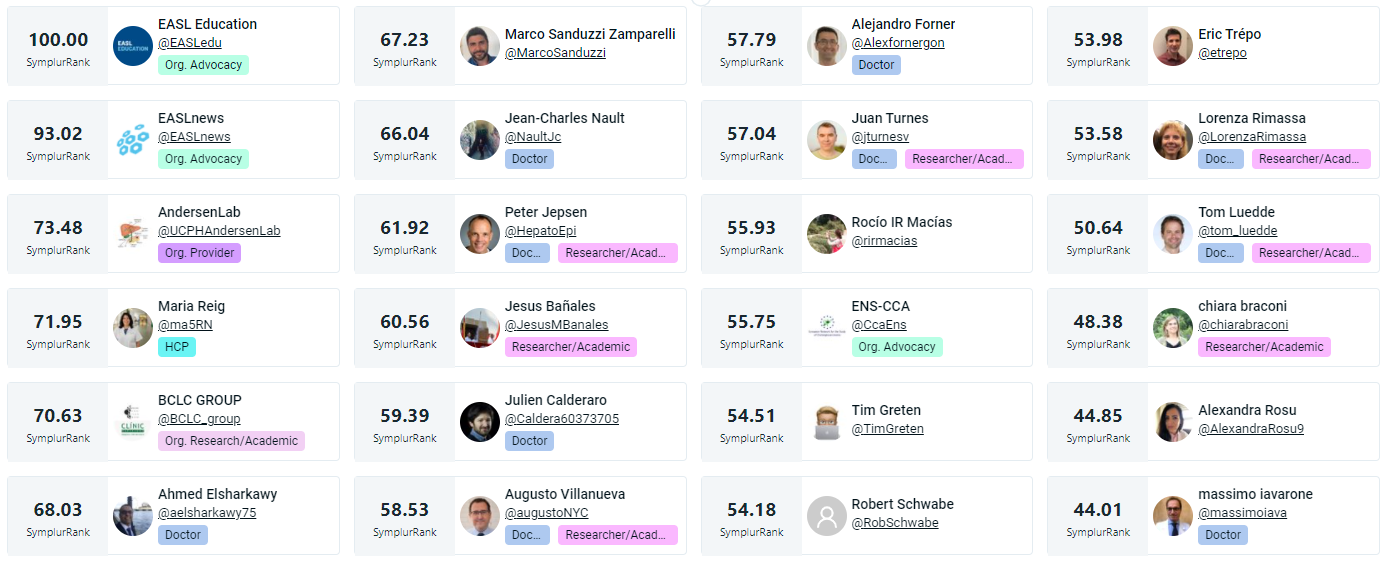
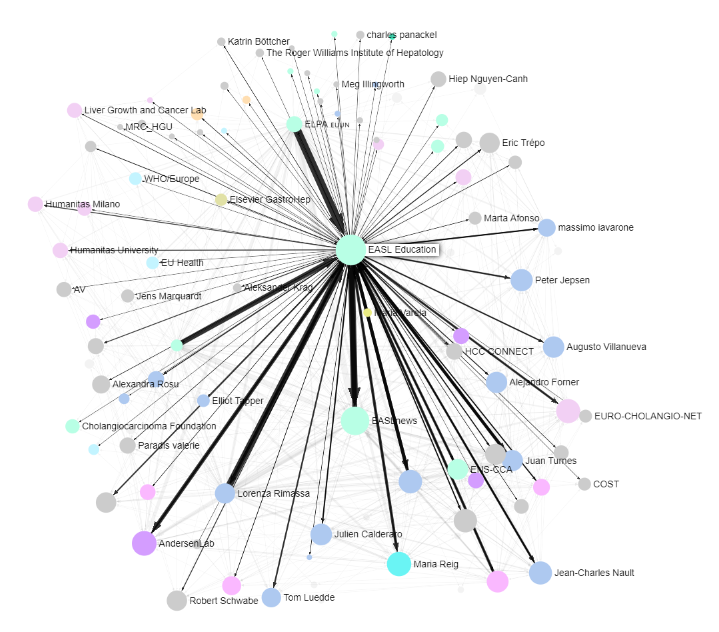
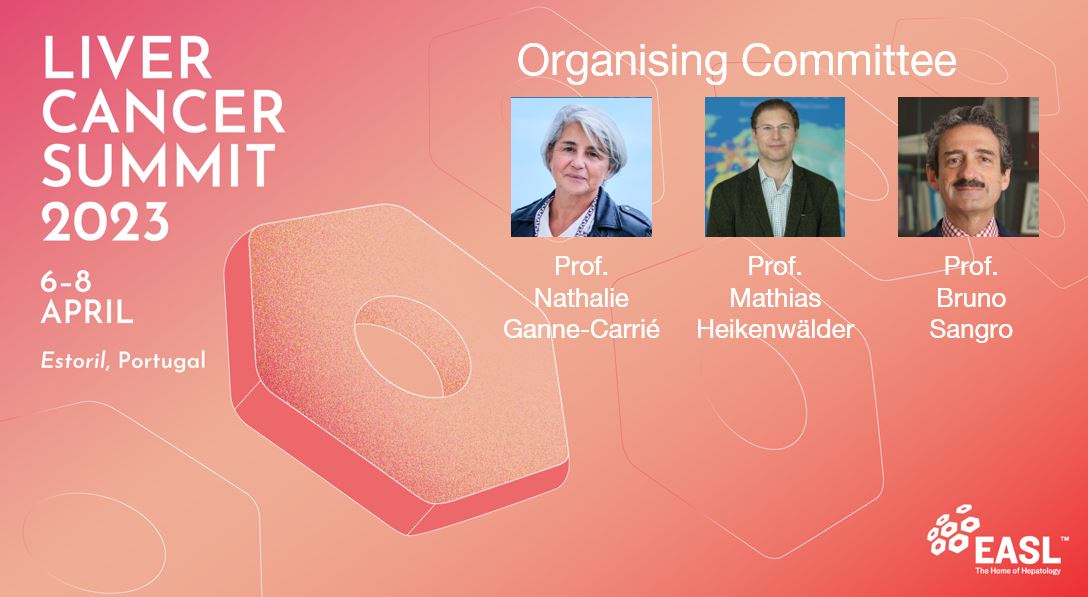
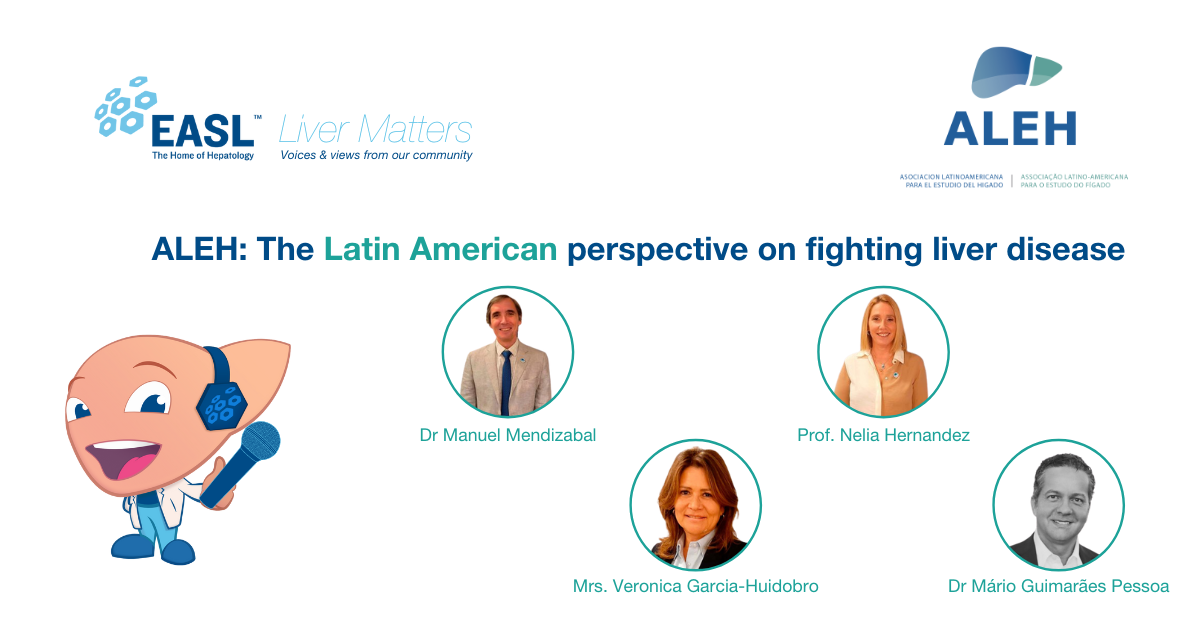
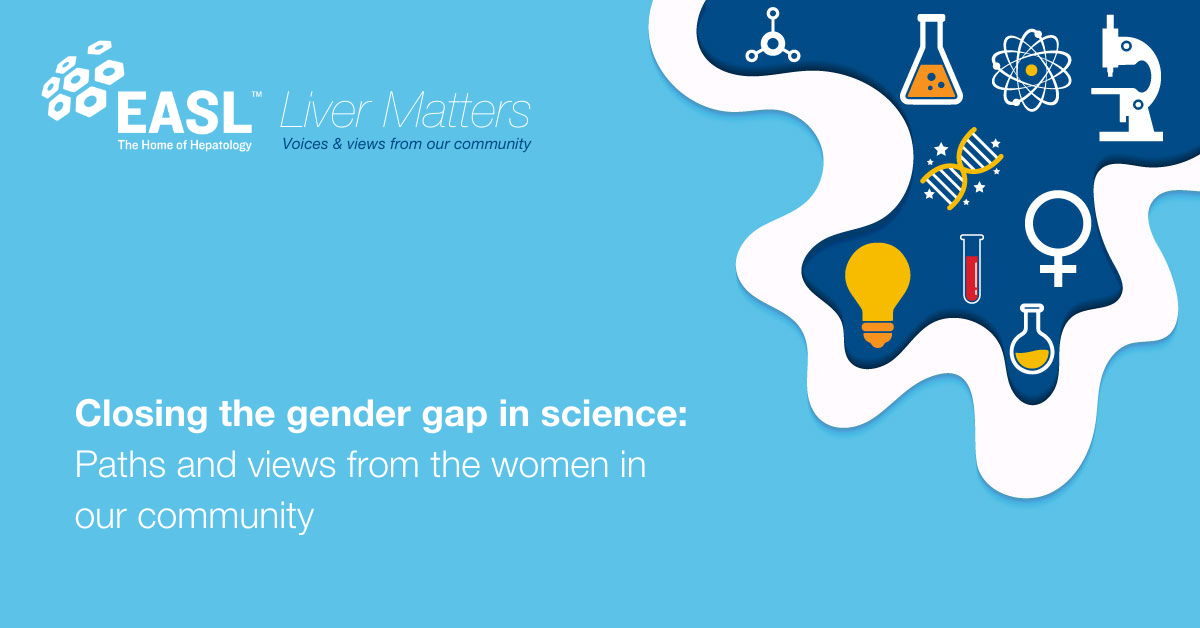
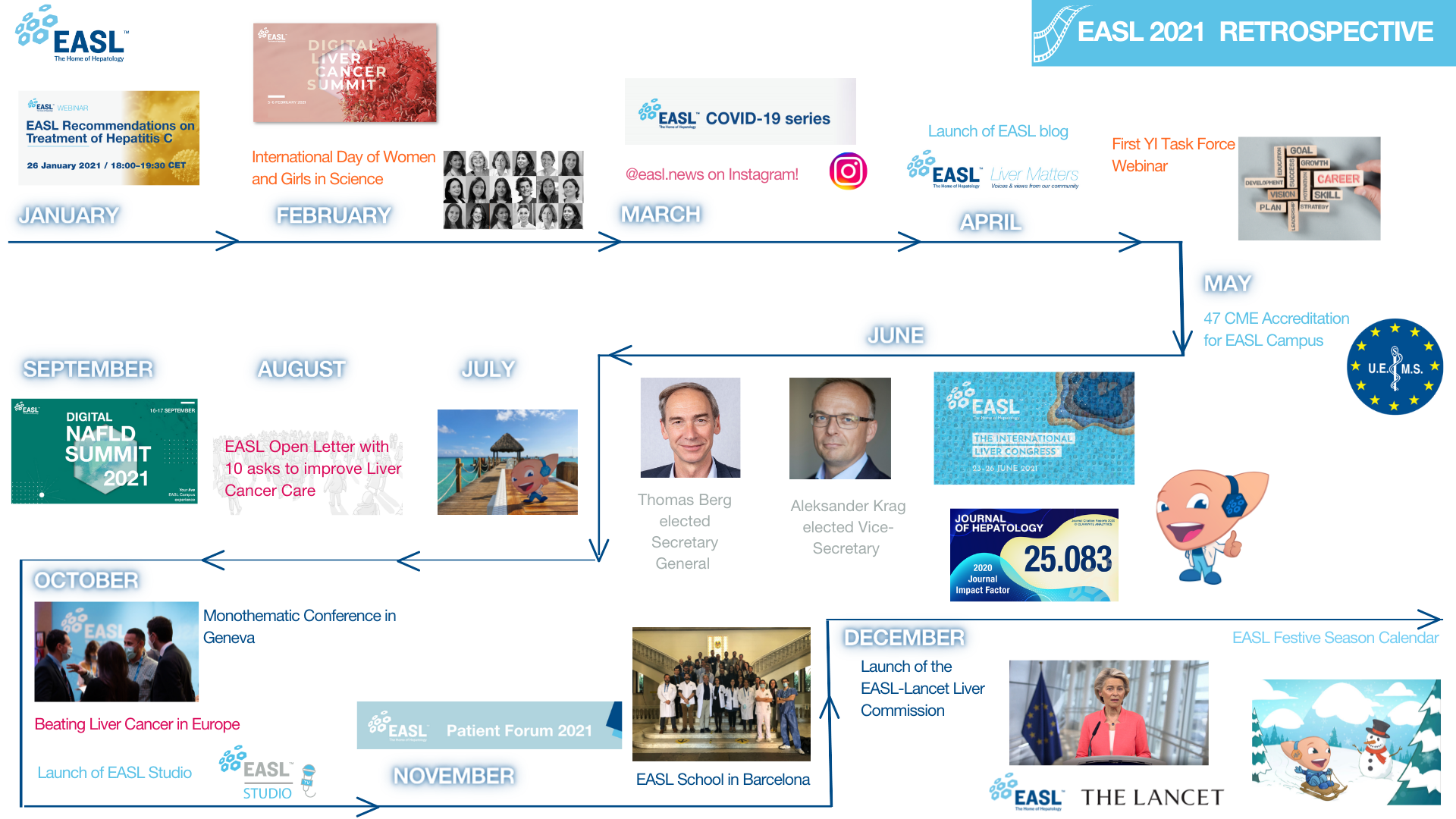
Comments (0)